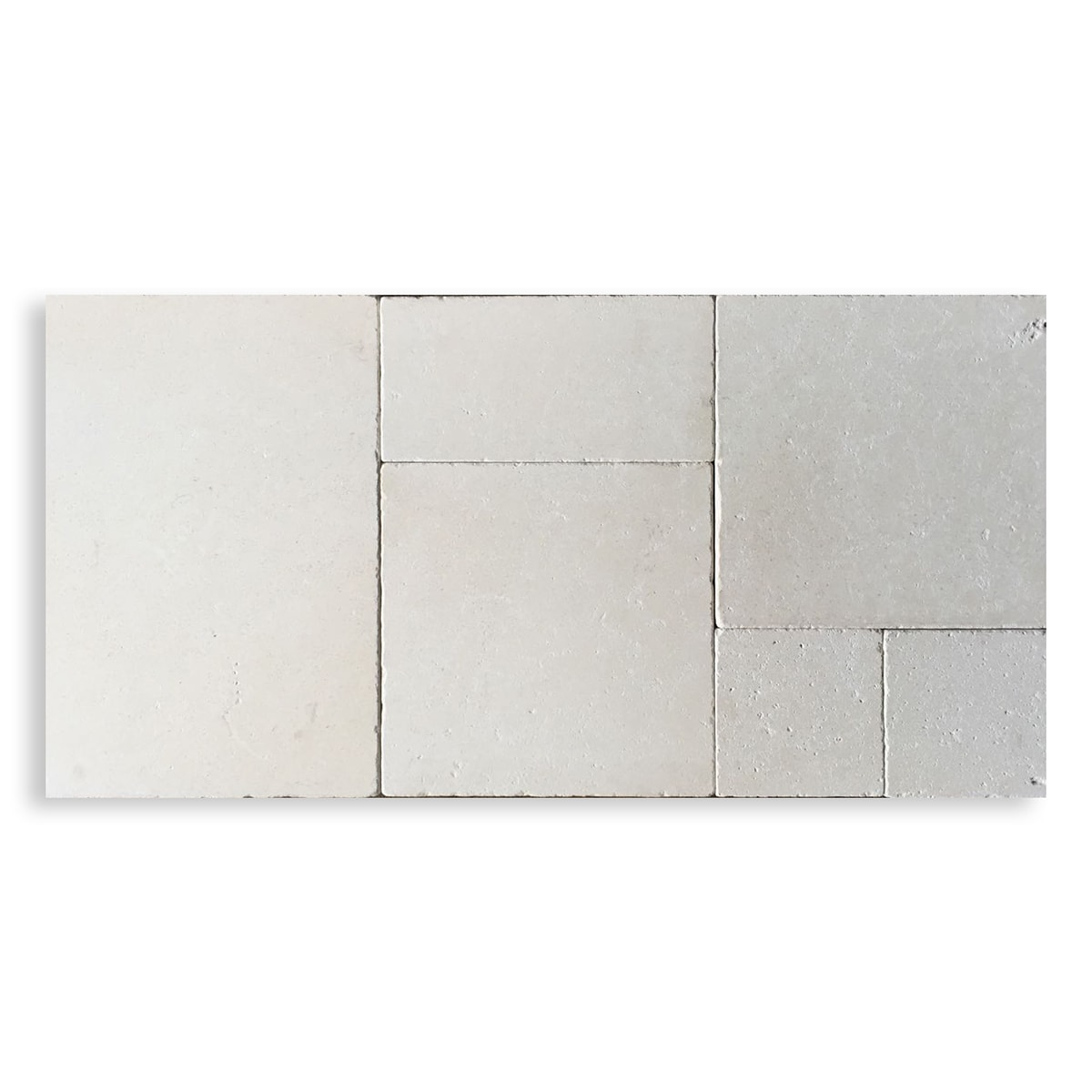Introduction
Are you looking to transform your outdoor space into a cozy and inviting area? Look no further than a paver patio! A paver patio is a versatile and stylish option that can add value to your home while providing a functional space for relaxation and entertainment. In this article, we will explore the benefits of a paver patio and how it can enhance your outdoor living experience.
What is a Paver Patio?
A paver patio is an outdoor flooring option made up of individual paver stones or tiles. These stones are made from various materials such as concrete, brick, or natural stone. They are designed to be durable, weather-resistant, and aesthetically pleasing. Paver patios come in a wide range of colors, shapes, and sizes, allowing you to create a unique and personalized look for your outdoor space.
Why Choose a Paver Patio?
Durability: Paver stones are known for their exceptional strength and durability. They can withstand heavy foot traffic, extreme weather conditions, and daily wear and tear without losing their charm. This means that your paver patio will continue to look great for years to come.
Versatility: Paver patios offer endless design possibilities. With a wide variety of colors, patterns, and textures available, you can create a custom look that complements your home's architecture and your personal style. Whether you prefer a classic, modern, or rustic look, there is a paver patio design that will suit your taste.
Low Maintenance: Unlike traditional concrete or wood surfaces, paver patios require minimal maintenance. Regular sweeping and occasional power washing are usually sufficient to keep your patio looking clean and fresh. In the event of a damaged paver, it can be easily replaced without the need for extensive repairs.
How to Install a Paver Patio?
Installing a paver patio can be a DIY project or done by a professional contractor. Here are the basic steps involved:
Planning: Start by measuring and marking the area where you want to install the paver patio. Consider factors such as drainage, slope, and access points. Create a design plan and choose the type of paver stones you want to use.
Excavation: Remove the existing turf or soil to a depth that allows for the paver stones, sand, and base layers. Ensure proper slope for water drainage.
Base Preparation: Lay a compacted layer of gravel or crushed stone as the base for your patio. This layer provides stability and prevents shifting of the paver stones over time.
Sand Bedding: Spread a layer of sand over the base layer. Level the sand using a screed board and ensure it is evenly distributed.
Paver Installation: Start laying the paver stones according to your design plan. Use a rubber mallet or a plate compactor to ensure they are firmly in place.
Edging and Jointing: Install edge restraints to secure the paver patio and prevent shifting. Fill the joints between the paver stones with sand or polymeric sand to stabilize and lock them in place.
Conclusion
A paver patio is a fantastic addition to any outdoor space. It not only enhances the aesthetics of your home but also provides a functional area for relaxation, dining, and socializing. With its durability, versatility, and low maintenance requirements, a paver patio is an investment that will benefit you for years to come. So, why wait? Start planning your dream paver patio today and enjoy the beauty of your outdoor oasis!

Comments
Post a Comment